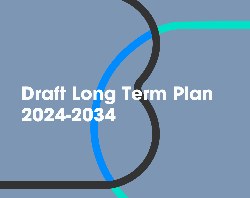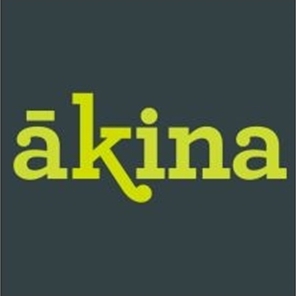Australia and New Zealand - Weekly Prospects
(See attached file: AusNZ_weekly_26Nov07.pdf)
*
In Australia, Saturday's federal election delivered the
widely expected win for Labor, but is unlikely to bring
much policy change (see research note in the attachment).
Australia, therefore, has changed the party of government
for the first time since 1996, and for only the sixth time
in the last 60 years. Labor's economic policies mimic those
of the previous Coalition government, except in industrial
relations, where Labor will deliver on its promised
changes. The highlight this week will be Thursday's
business investment survey, which will update managers'
spending plans for 2007-08. Credit growth probably will stay
at an elevated 1.2% in October, and the current account
deficit should blow out to 6.2% of GDP in 3Q.
* In New Zealand, the net-permanent migration data continued to weaken last month; permanent immigration fell to just 7,500 in the year to October. The reduction in net-migration points to lower housing demand and consumption growth. In other data, the RBNZ credit card statistics showed some payback for September's surge. The series' correlation with retail sales suggests the 1.0%m/m gain in the total value of retail trade will be partially reversed in October. This week's highlight will be the NBNZ business confidence survey. The "firms own expectations" component will be of most interest, as it is highly correlated with quarterly changes in GDP.
* The FOMC inaugurated its quarterly three-year economic forecast report last week, a step intended to be viewed as a milestone on the Fed's march toward transparent communication. Ironically, it comes amid a growing disconnect between what the Fed is saying and what the market hears. After the October FOMC meeting, the Fed issued a statement that "the upside risks to inflation roughly balance the downside risks to growth," setting a high bar for further easing at the December 11 FOMC meeting. The message that the Fed is inclined to remain on hold in December has been reinforced by a number of recent Fed speakers. But in the face of weaker economic news and a deterioration in financial conditions, markets are increasingly confident that the Fed will act. Both Vice Chairman Kohn and Chairman Bernanke are set to speak this week, and will probably use the opportunity to open the door to a December ease, thus bringing the planets into closer alignment
* The Euro area economy faces strong headwinds from past ECB rate hikes, the stronger currency, tighter market conditions, and the squeeze on household purchasing power from rising food and energy prices. These headwinds point to a significant slowdown in an economy that had rallied to produce a GDP gain of almost 3% (q/q, saar) in the third quarter. The most timely indicators for tracking this adjustment are the business surveys. Friday's "flash" PMI fell another point in November to 53.8, for a total loss of 3.6 points since August. Although the current level is consistent with our revised forecast for 1.5% GDP growth in the current quarter and 1Q08, the PMI is not yet showing signs of a bottom.
ENDS


 Business Canterbury: Urges Council To Cut Costs, Not Ambition For City
Business Canterbury: Urges Council To Cut Costs, Not Ambition For City Wellington Airport: On Track For Net Zero Emissions By 2028
Wellington Airport: On Track For Net Zero Emissions By 2028 Landcare Research: ANZAC Gall Fly Release Promises Natural Solution To Weed Threat
Landcare Research: ANZAC Gall Fly Release Promises Natural Solution To Weed Threat NZ Anti-Vivisection Society: Auckland Rat Lovers Unite!
NZ Anti-Vivisection Society: Auckland Rat Lovers Unite! University of Canterbury: $1.35 Million Grant To Study Lion-like Jumping Spiders
University of Canterbury: $1.35 Million Grant To Study Lion-like Jumping Spiders Federated Farmers: Government Ends War On Farming
Federated Farmers: Government Ends War On Farming



